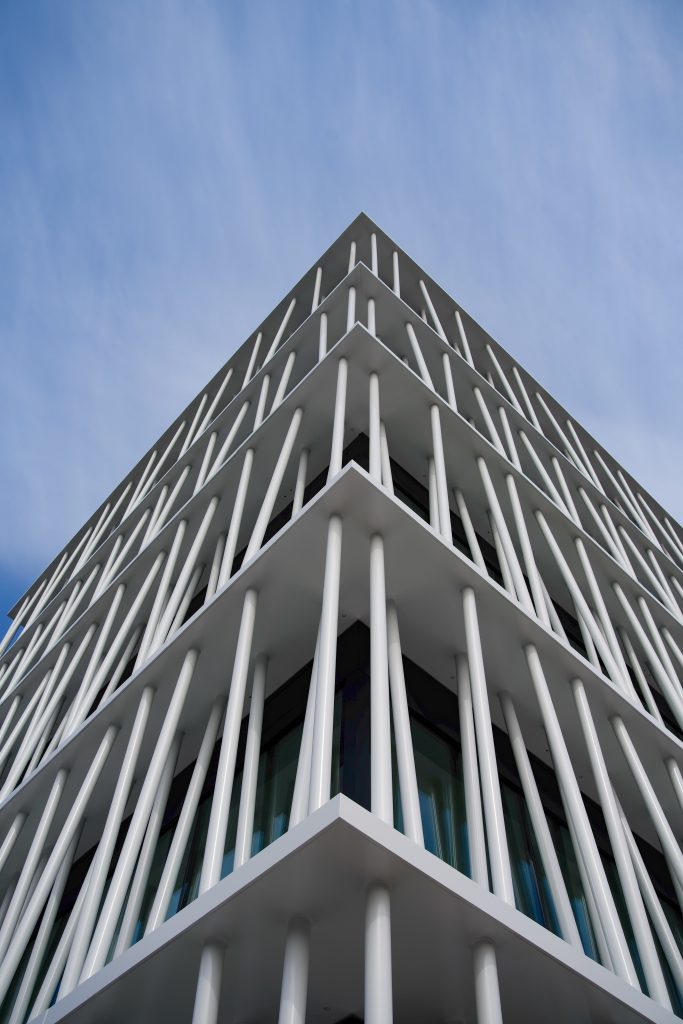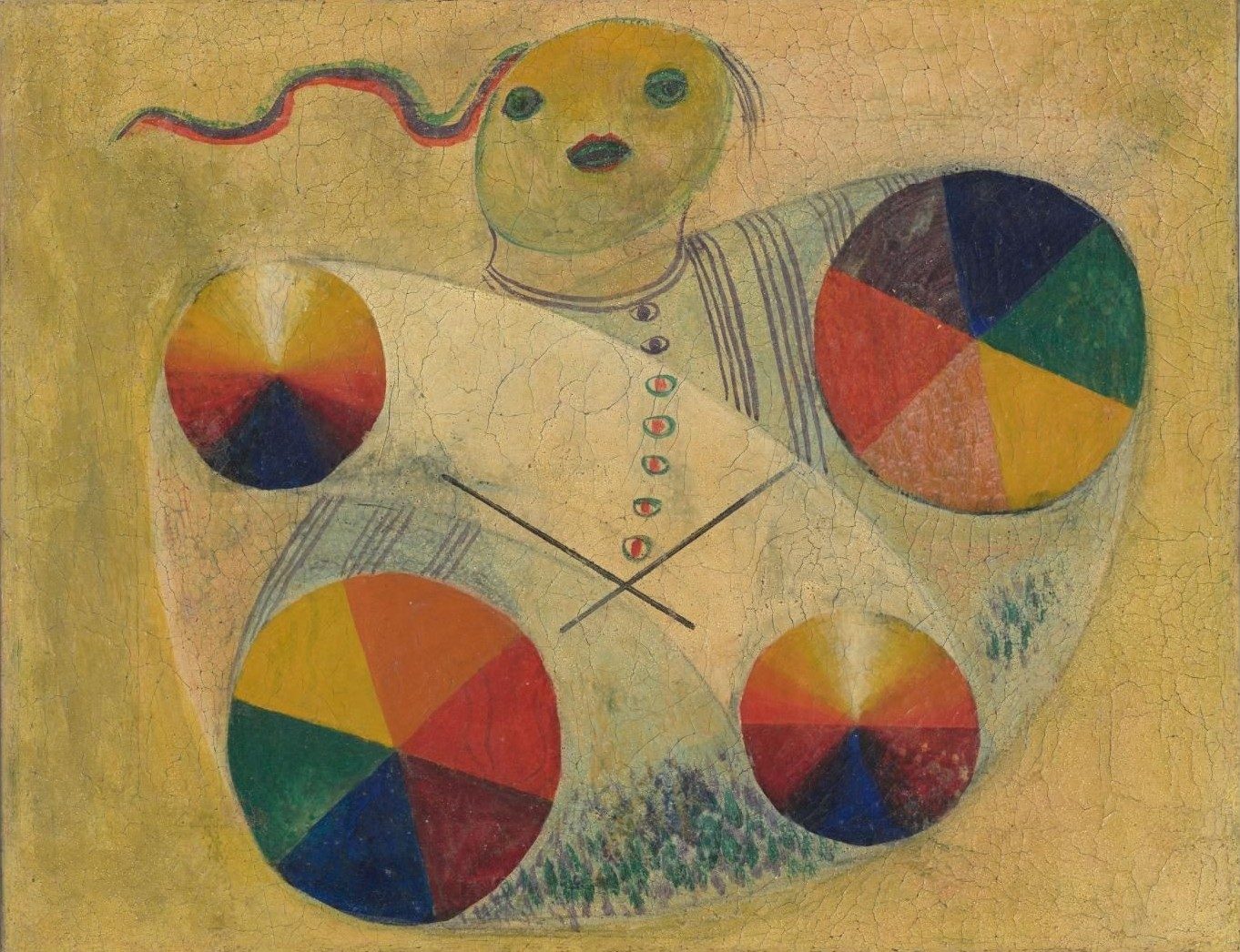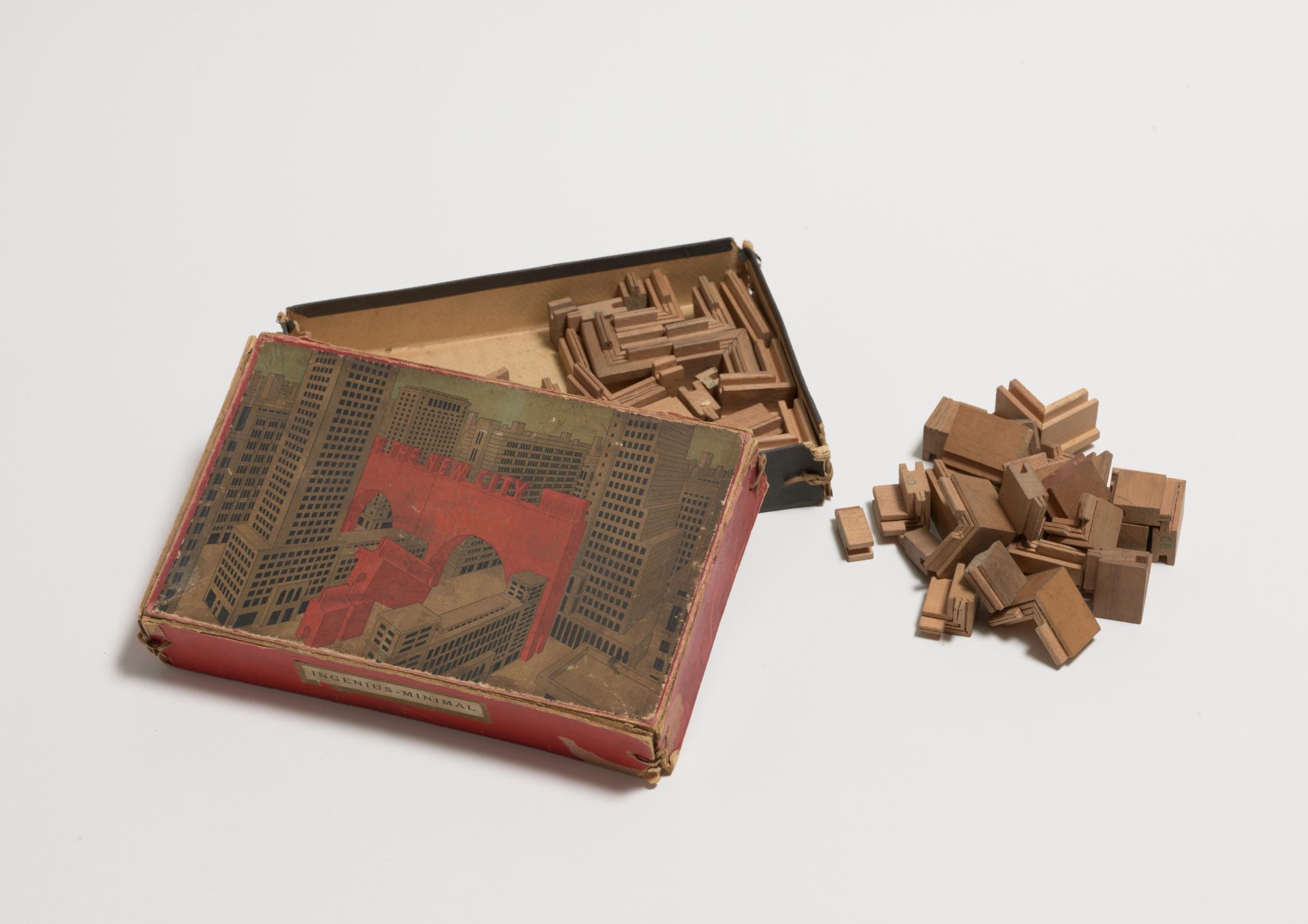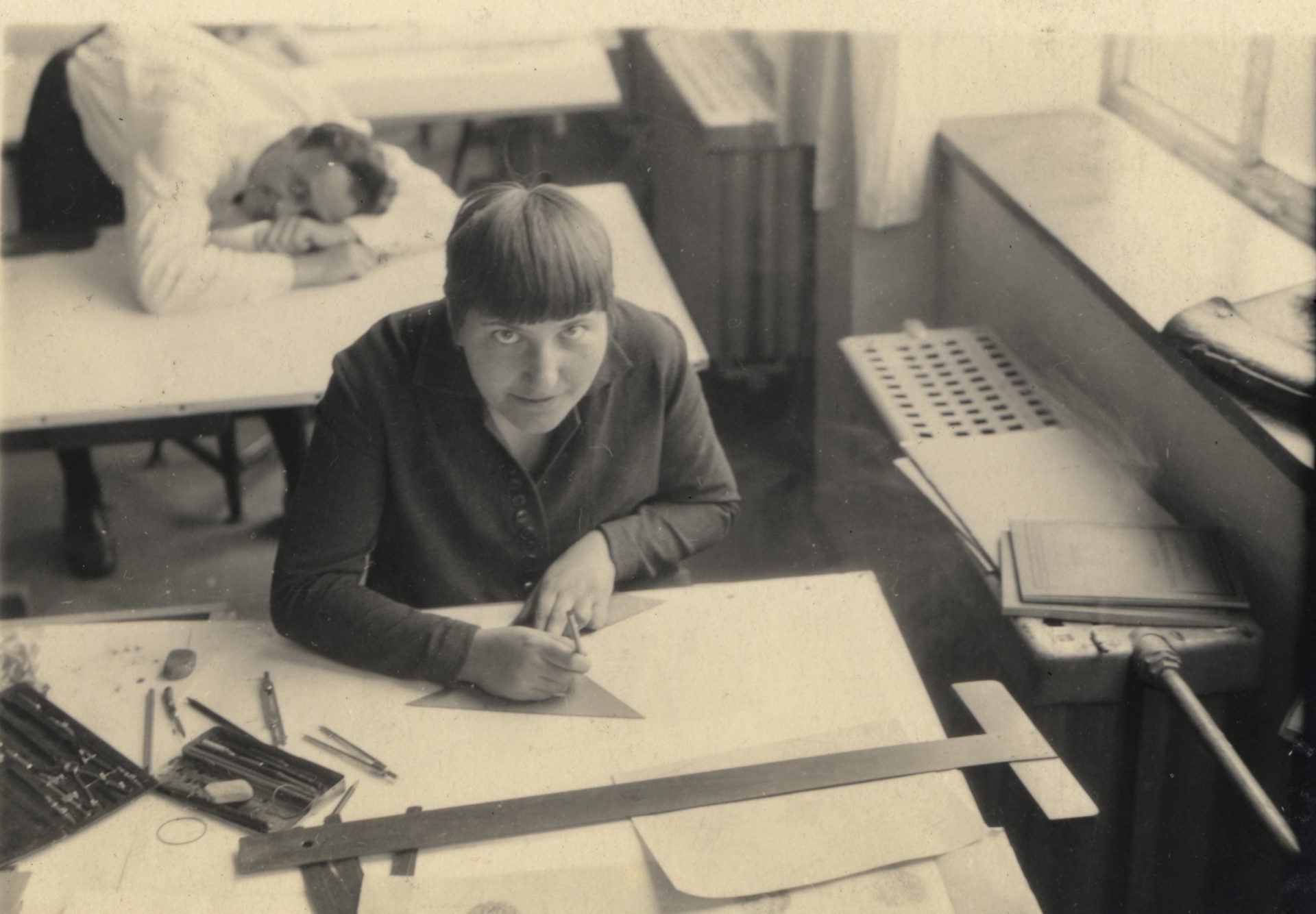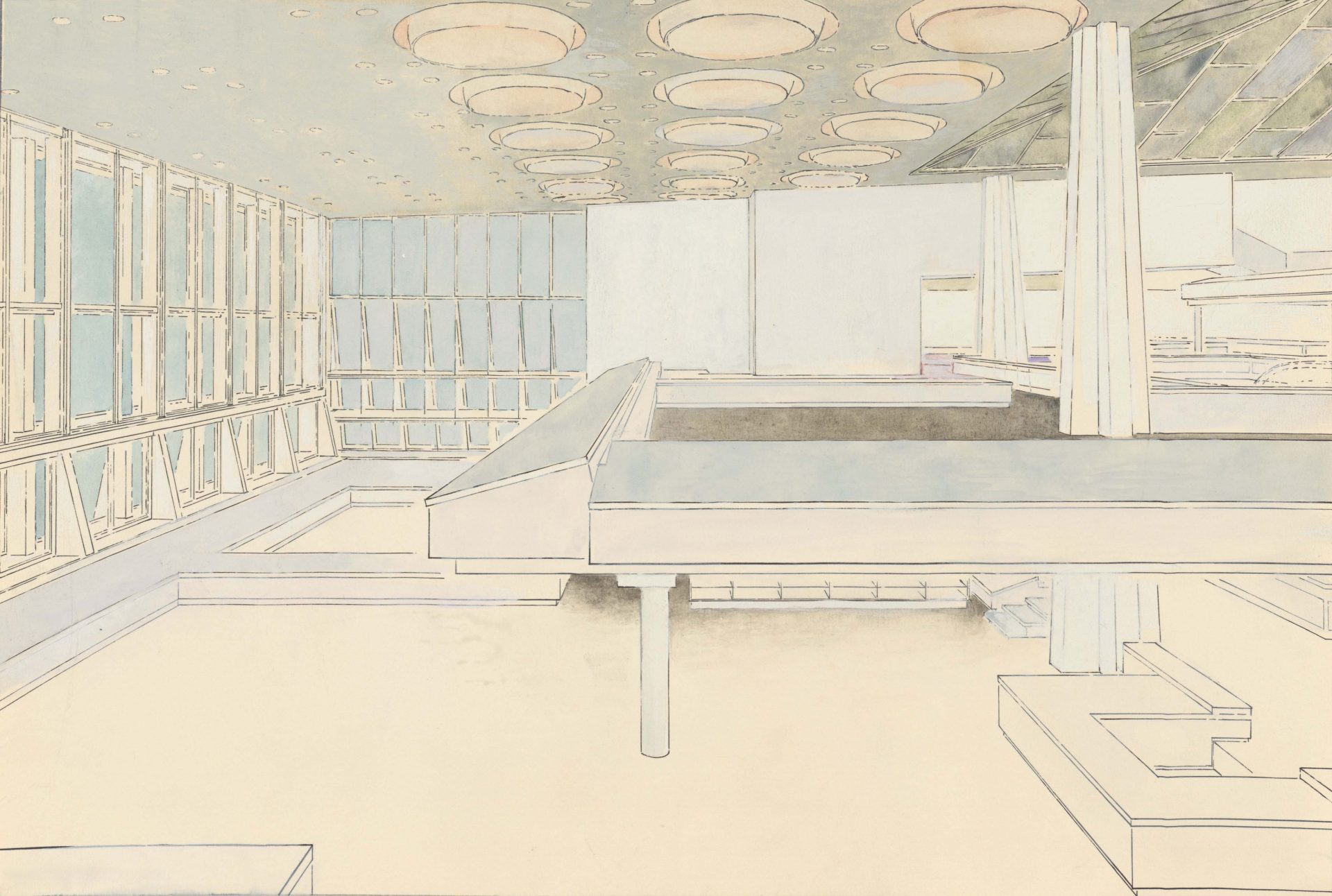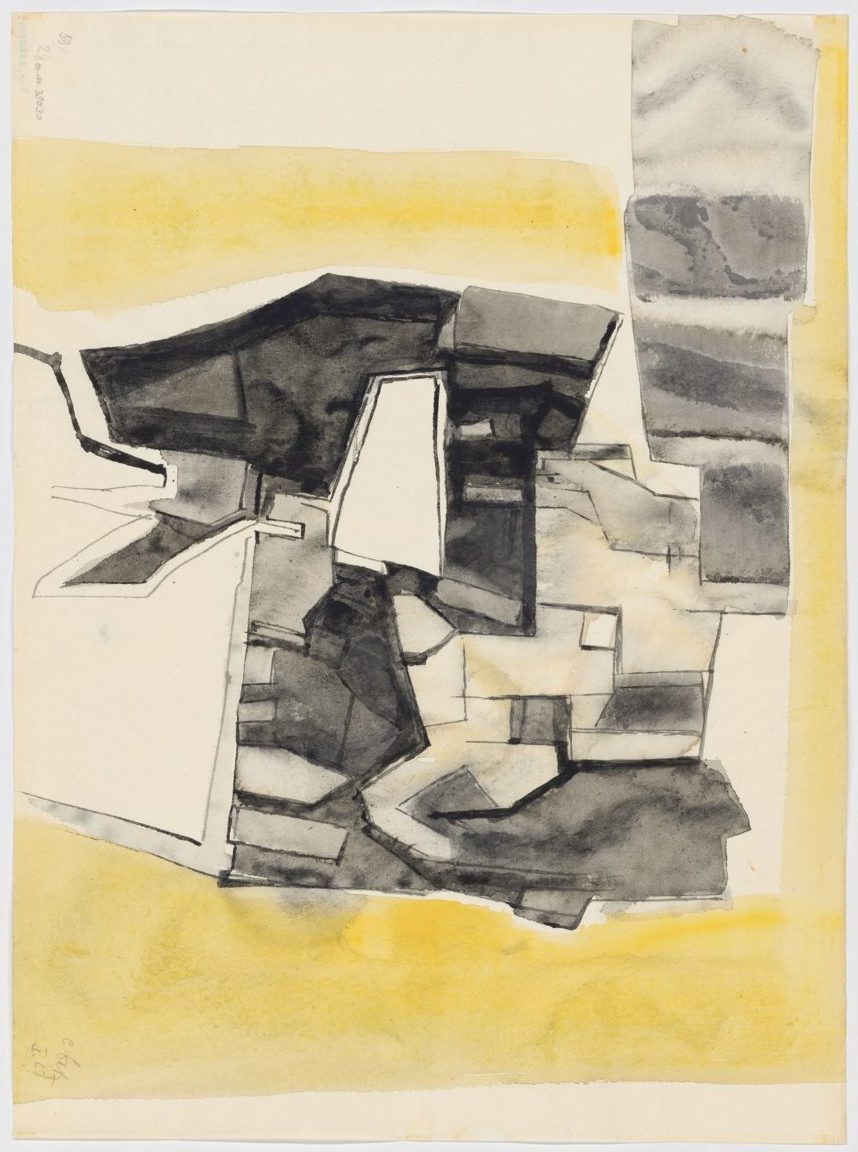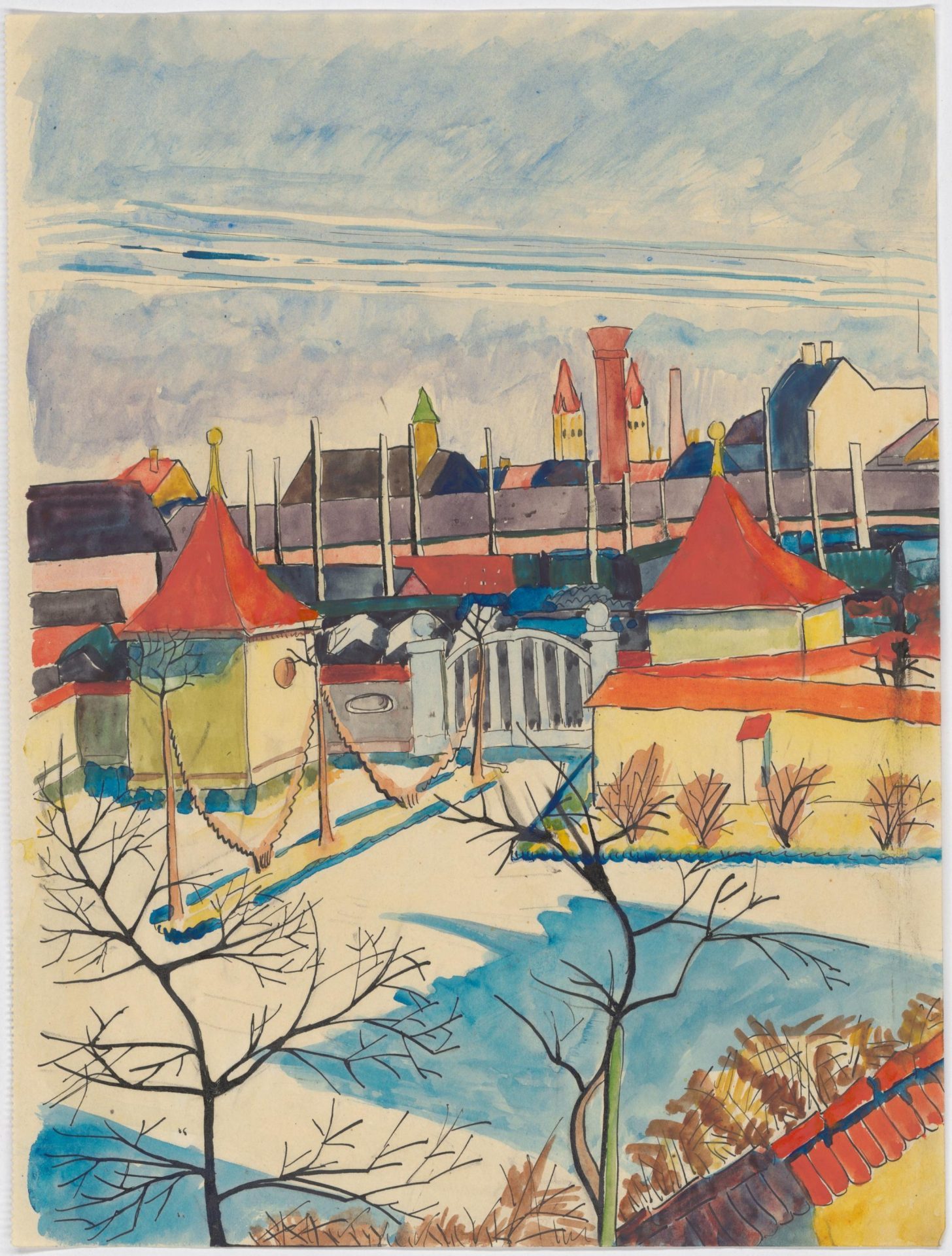Lead glass at the Bauhaus?
With around one million pieces, the collection of the Bauhaus-Archiv offers an extraordinary view of the history of this famous school of art and design. Every year our team discovers and acquires new works which reveal yet unknown stories about the Bauhaus. Occasionally our staff selects a newly acquired work to present to you. This time it’s a glass painting by Theo van Doesburg.
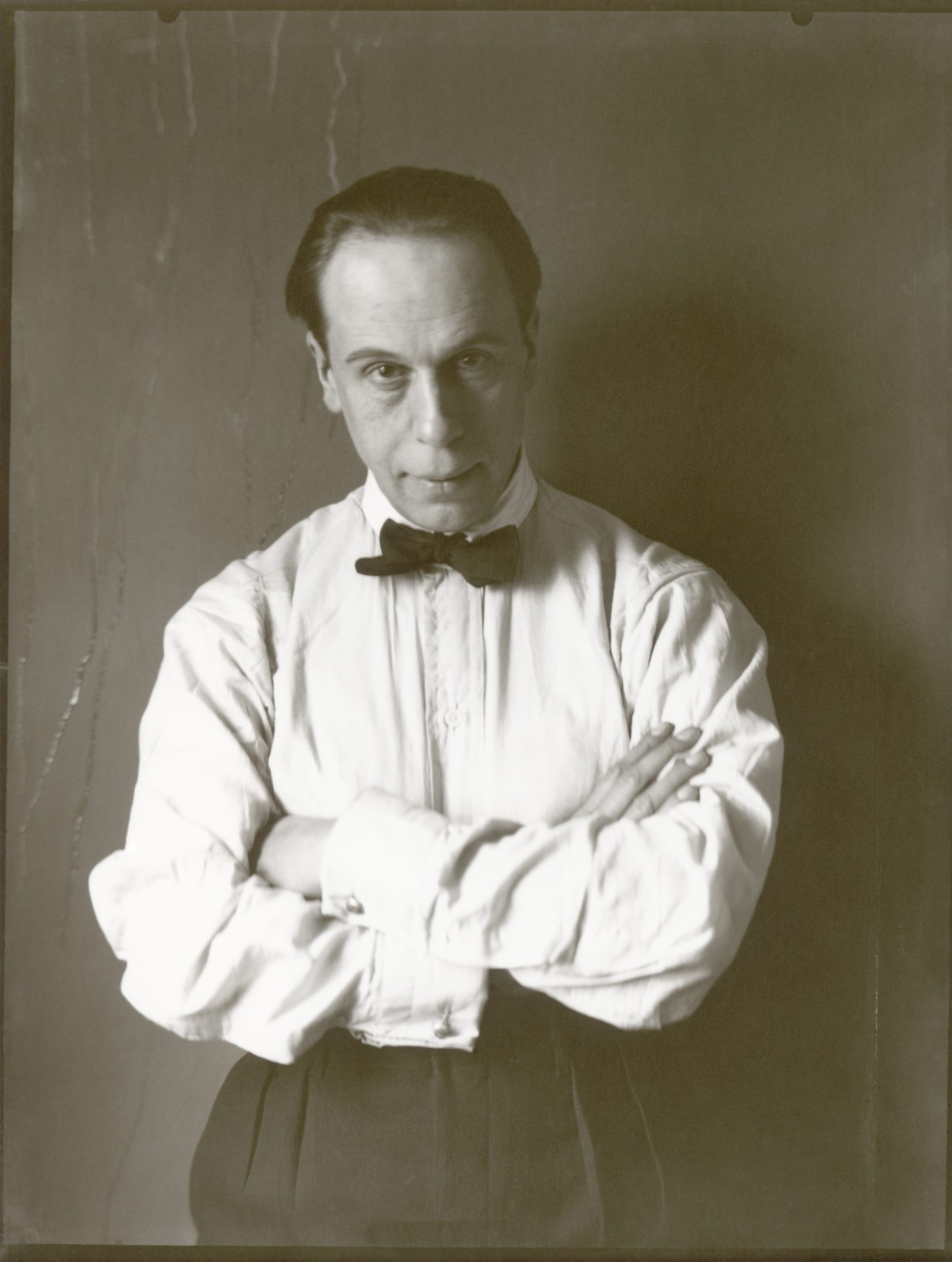
Lorem ipsum
-
Around 1918 the Dutch artist Theo van Doesburg (1883–1931) created a series of skylight windows to be installed above the front doors of the Spangen housing estate in Rotterdam. The buildings themselves were designed by his friend J.J.P. Oud. Like van Doesburg, he too belonged to the inner core of the De Stijl art movement which had been established the year before in Leiden, Netherlands and aimed to cultivate contacts with the international avant-garde. The Bauhaus-Archiv succeeded in acquiring one of the six existing windows for its collection in June 2022.
Lorem ipsum
The glass window consists of vertically and horizontally arranged pieces of coloured glass, encased in lead to form a geometrical frame. According to van Doesburg himself, his inspiration for the composition came while gazing at the landscape through his studio window. This interpretation aligns closely with one of the central objectives of De Stijl, i.e. to achieve balance through the abstraction of nature and thereby reflect a higher order of creation, which van Doesburg then integrates into architecture.
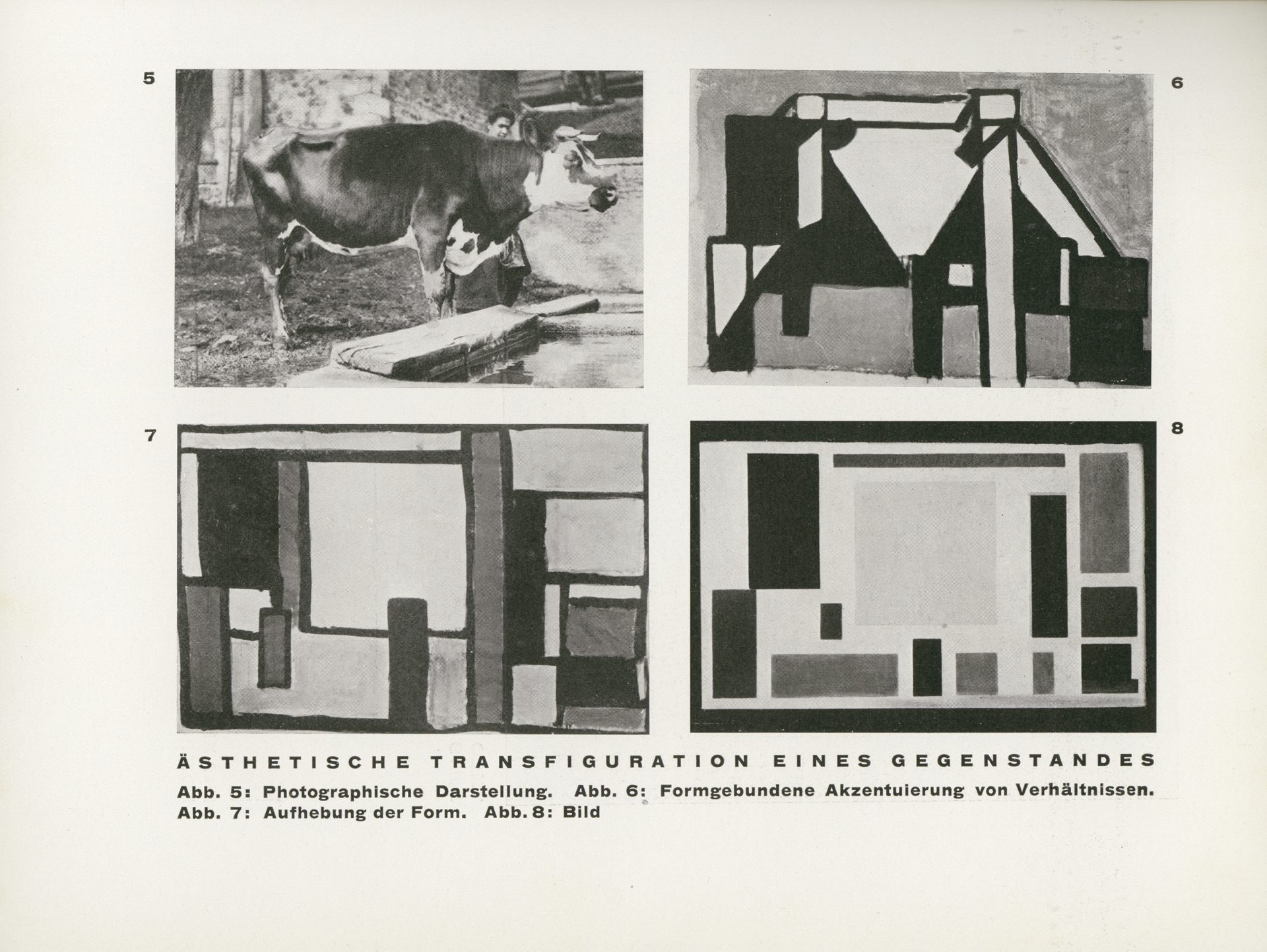
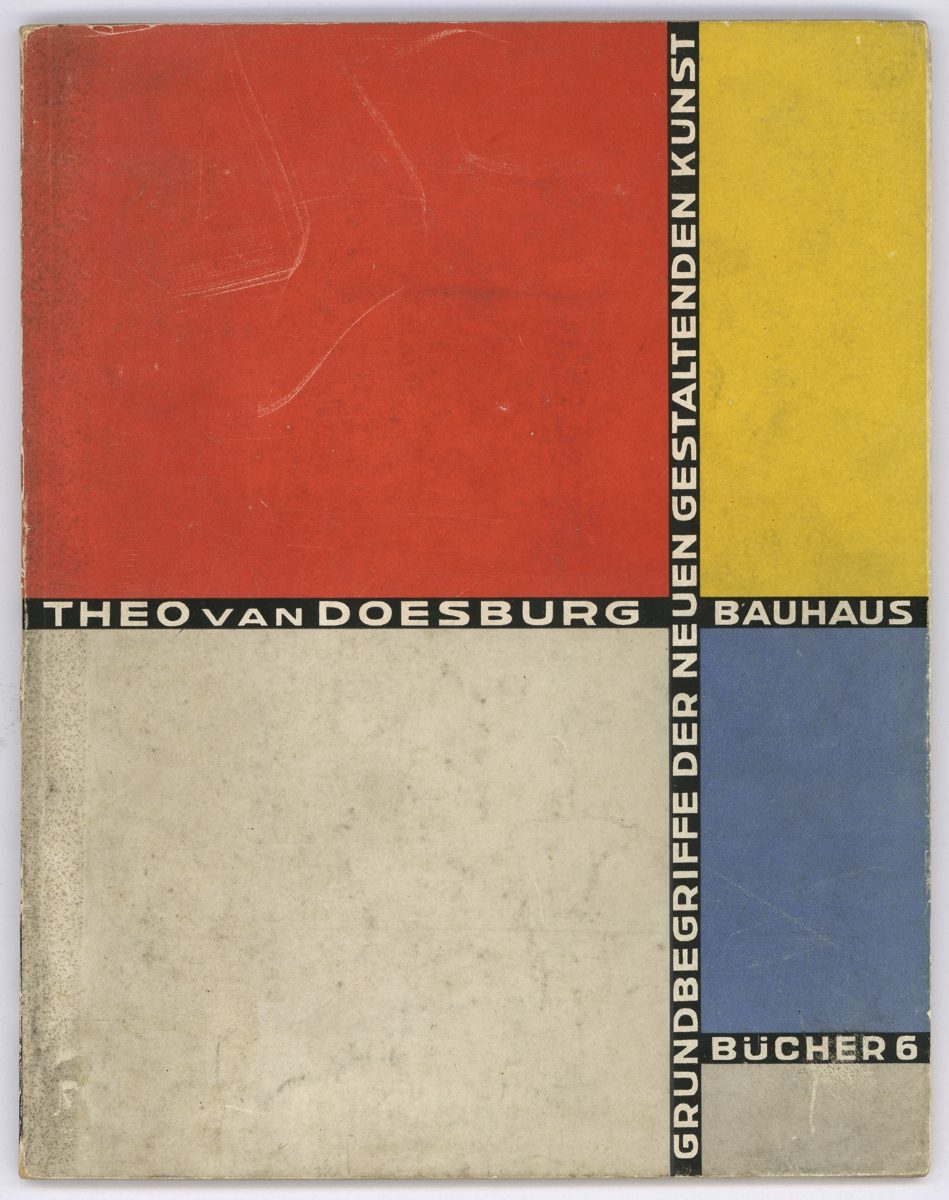
Lorem ipsum
Van Doesburg cultivated especially close ties to the Bauhaus in 1921/1922. During his visit to Weimar at Walter Gropius’s invitation, he gave private classes which a number of Bauhaus students and staff attended. In 1925 one of van Doesburg’s key treatises, “Principles of Neo-Plastic Art”, was published as the sixth volume in the series of Bauhaus Books.

